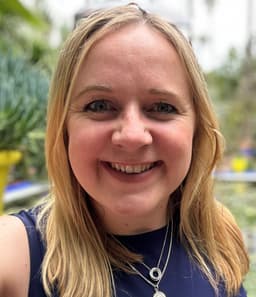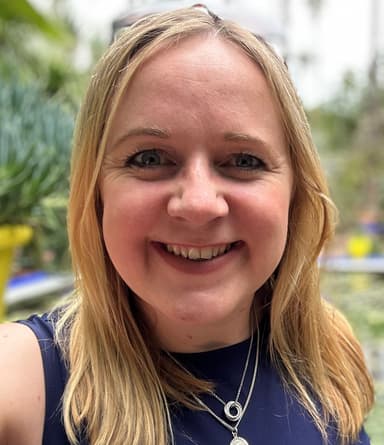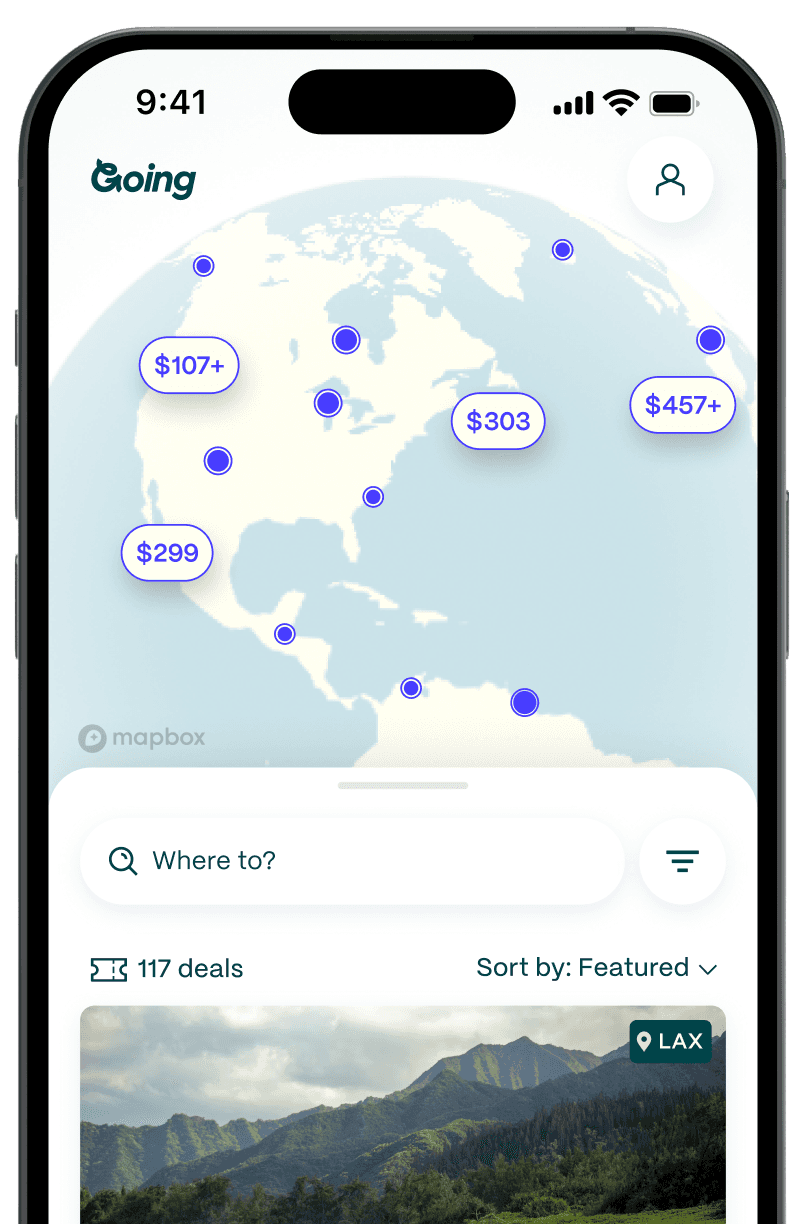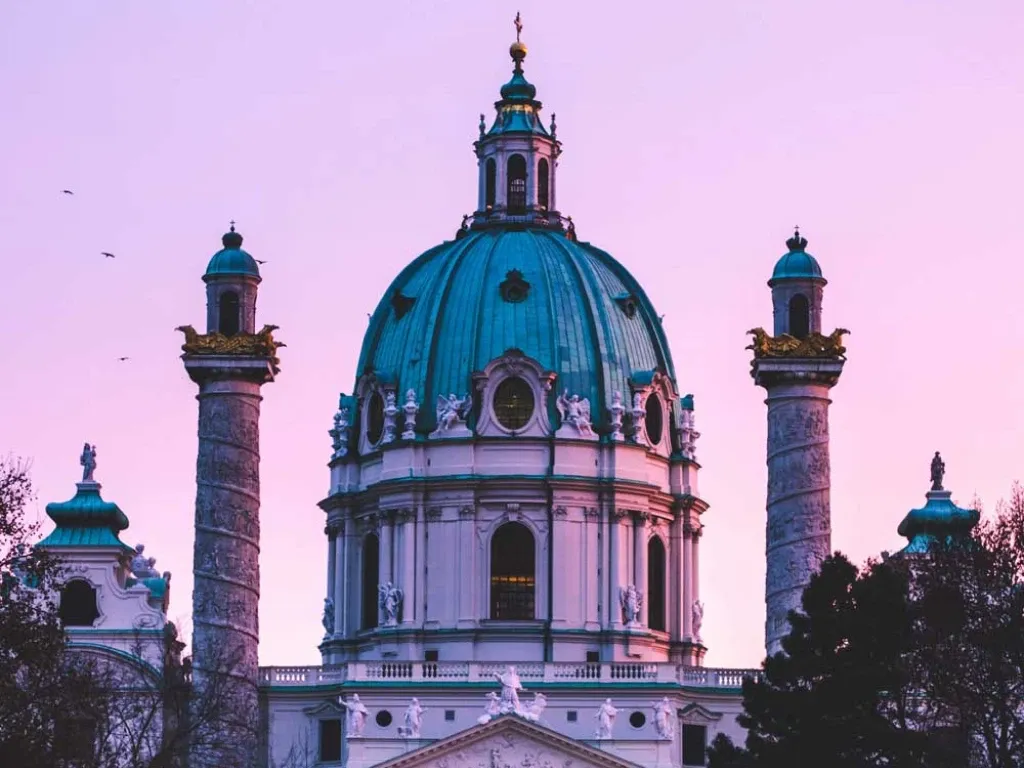
Vienna: The European Capital Known as the City of Music
Table of Contents
The capital and largest city in Austria, Vienna has been a small yet influential powerhouse for centuries—modest in size but not in ambition. It’s the former center of the Habsburg Empire, one of the most important dynasties in history. And over the centuries, it has been the home of some of the world’s greatest musicians, artists, and thinkers.
At times, Vienna’s past has proved rightly controversial, but the city continues to evolve and is now a multicultural metropolis that thrives on its past while always keeping one eye on the future, enthralling with its grandeur while staying delightfully blase about it all.
Vienna is great to explore by foot, but a top-class (and cheap) public transport system makes attractions farther afield easy to get to. Throw in a wide array of museums, an ever-increasing list of international food choices, and some of the world’s best coffee shops, and it’s easy to see why the city continues to top quality-of-life surveys year after year.
Circling the city from past to present

Nowhere conveys the imperial grandeur of the Habsburg Empire—which lasted from 1282 to 1918—better than the Ringstrasse, the 5.3-kilometer (3.3 miles) grand boulevard circling the city center. The dynasty fell within decades of the road’s completion in 1865, but the epic Historicist buildings along it still reflect its might. The imperial palace, parliament, town hall, university, State Opera House, and various museums can all be visited within a short stroll or tram ride from the road.
On the darker side, it was also on the balcony of the Hofburg, the former principal palace of the Habsburgs at Heldenplatz (Heroes Square), that Adolph Hitler held his Anschluss speech declaring Nazi Germany’s annexation of Austria in 1938. Nowadays, the square and the Ringstrasse are Vienna’s main sites of protest. Austria’s largest-ever demonstration remains the 1993 sea of lights protest against racism and xenophobia in an attempt to overcome the past, and in 2020, some 50,000 were estimated to have shown up in support of Black Lives Matter.
The Ringstrasse also hosts the annual 200,000-strong Rainbow Parade as part of the city’s month-long Pride event. Rainbow flags decorate everything from trams to shopping centers during the month itself but keep a particular eye for the permanent same-sex couple pedestrian traffic lights, introduced in 2015 when Austria hosted the Eurovision Song Contest.
If you want to learn more about Austria’s past from the start of the 20th century until the present day, be sure to check the excellent and in-depth Haus der Geschichte Österreich, the country’s first contemporary history museum.
Fin de siècle
Vienna’s intellectual heyday was in 1900 when it was the heart of a thriving multicultural empire and very much a city of contrasts—home to aristocracy and liberal intellectuals; the glorious Ringstrasse and the suburban slums; Zionism and antisemitism; conservatism and modernism.
The city thrived as everyone from psychoanalyst Sigmund Freud; artists like Gustav Klimt, Oskar Kokoschka, and Egon Schiele; and architects such as Otto Wagner called Vienna home. Meanwhile, the population boomed to over 2 million in 1910—larger than it is today.
The best exhibition on this era can be found at the Leopold Museum in the MuseumsQuartier, colloquially known as the MQ, which is one of the largest arts complexes in the world and home to 60 cultural institutions, including three major art museums. Other fin de siècle highlights include Klimt’s The Kiss at the Belvedere, which is celebrating its 300th birthday this year, his remarkable Beethoven Frieze at the golden-domed Secession, and the excellent Sigmund Freud Museum, based in his old apartment and therapy rooms.
The spy capital of Europe (still)

Vienna became a major center of espionage post-World War II, largely due to its close proximity to the Iron Curtain. The city (and Austria as a whole) was divided among the US, the UK, France, and Russia—which made it a great base for intelligence gathering and spy operations—during the post-war Allied occupation from 1945 to 1955, when Austria became independent.
This era of the city’s history was immortalized in the film The Third Man, and classic film and history buffs alike will find the privately-run Third Man walking tour a fascinating way to learn all about it. You can also follow in the footsteps of the “third man” with a trip on the 126-year-old Ferris wheel, the Riesenrad, where Orson Welles made his famous monologue about cuckoo clocks
There is a contemporary significance, too. Spying remains legal, so long as it’s not against the Austrian government, giving Vienna the reputation once again as a hotbed of spies, with one Western diplomat describing it as the “Wild West” due to the hundreds of agents located here. Austria’s ongoing relationship with Russia, in particular, continues to cause controversy among its neighbors and allies. Only recently, its former foreign minister Karin Kneissl, who invited Vladimir Putin to her wedding in 2018, once again ruffled feathers when she announced she was moving to St. Petersburg with her ponies.
Wander through Vienna’s vineyards

Grapes were planted in Vienna as far back as 1132, and today the city has about 400 vineyards within its boundaries. Almost all of the 20,000 hectolitres of wine produced here each year is made for immediate consumption, generally at the rustic wine taverns known as heuriger, which are predominantly found in the hilly Nussdorf and Grinzing neighborhoods overlooking the city.
Here, not only can you try the latest wines directly from the maker, often right on the edge of the vineyard itself, but you can also enjoy a hearty and traditional fare of fresh bread, cuts of meat such as roast pork or chicken, and locally produced cheese.
A summer weekend afternoon admiring the views while walking down through the vineyards of Kahlenberg (a rural area within the city limits) and stopping at heuriger (wine tavern) to sample glasses of Viennese specialty Gemischter Satz (a wine made from up to 20 grape varieties grown, harvested, and pressed together) is an afternoon well spent, although be wary that many closed earlier in the week.
Take a beach holiday without leaving the city
Austria may be a landlocked country, but every summer, the Danube River and other areas of water around the country become a hive of activity, and it’s no different in Vienna. Slap bang in the center of the city is the Badeschiff, two barges moored together on the Donaukanal River that have been filled with water to create a surprisingly refreshing (read, cold) 88-foot-long floating pool. Afterwards, you can chill out with some drinks and a great meal on deck.
Just a short 15-minute U-bahn ride away from the city, the recreational side of the Donauinsel (a 13-mile-long artificial island in the Danube River) has a series of waterside bars and restaurants, not to mention boat rental, cycle paths, and occasional events, including the annual Donauinselfest, the largest free open-air music festival in Europe.
Travel two U-bahn stops farther east and rent a pedalo (paddle boat) or paddleboard, swim, or simply enjoy a waterside restaurant at the municipal lake, the Alte Donau, until the weather breaks for autumn.
Outside of summer, enjoy the art deco splendor of the Amalienbad—one of many city swimming pools—or the thermal waters of the Therme Wien at Oberlaa, a spa complex with various heated indoor and outdoor pools, a brine pool, and numerous saunas and steam rooms
The cult of coffeehouse culture

The kaffeehaus is very much an institution for the Viennese (so much so that it’s on UNESCO’s Intangible Cultural Heritage list), and it is easily possible to while away the hours in one of the city’s coffee houses, just as intellectuals such as Sigmund Freud, Stefan Zweig, and Adolf Loos once did.
Urban legend has it that the city’s coffee house tradition harks back to the Turkish siege of Vienna, although the actual truth is a bit more mundane as it was an Armenian businessman who knew how to prepare the beans from his home country who opened the first coffee house. Regardless, it is quite the experience. Your waiter is most likely to be grumpy, coffee is invariably served on a silver tray complete with a small glass of water, and there are coffee variations on the menu here that you definitely won’t find anywhere else. A notable Viennese specialty is the fiaker—a strong black coffee served with lots of sugar, a shot of rum or fruit brandy, and loads of whipped cream, which is named after the horse and carriages that carry tourists around the city.
For a more al fresco Viennese culinary experience, try a hot dog from one of the city’s many Würstelstands. It’s a very different experience to the US hot dog cart. Permanent kiosks, open all year, offer a selection of sausages, including the cheese-filled Käsekrainer, which you then consume at the stainless steel bar of the stand itself, along with a roll of bread and your choice of sweet or sharp mustard. The Bitzinger Würstelstand near the State Opera House is famed for also selling champagne, although it caused an uproar when it started charging a 4% service fee, much to the chagrin of locals who expect such fees to be included.
The Habsburg Princess Diana?

Tucked away in the city center’s Hofburg complex is a museum dedicated to the last Habsburg empress, Elisabeth, or ‘Sisi’ as she is known here (now the subject of the Netflix drama The Empress). Like Princess Diana, she married young, was known for her beauty, had a formidable mother-in-law, became a celebrity in her own right, and died a tragic death in 1898 when she was assassinated.
The Sisi Museum, which includes the Imperial Apartments, is a fascinating insight into her life and even includes the dress she was wearing when fatally stabbed with a sharpened file while boarding a boat at Lake Geneva. Her bodice was so tight that not only did she gain her composure and walk onto the vessel, but people only noticed the injury when it was undone to help her breathe.
Other exhibits include her poetry, her imperial rooms, her private bathroom and gym equipment, a medical cabinet, personal items such as jewelry, and the cape she had with her at her death.
The lives of the Great Composers
Vienna has long been cited as the capital of classical music thanks in large part to the Great Composers who thrived here during the 18th century when artists and musicians alike benefited from the sponsorship of the Habsburgs and other aristocrats of the imperial court.
Several of their homes have been preserved and turned into museums. The most famous is probably the Mozarthaus, where Mozart wrote the Marriage of Figaro. It is the only one of a dozen of his Vienna homes remaining. Other than this, there is surprisingly little physical trace of Mozart in the city, despite the many years he lived there. While the graves of Schubert and Beethoven can be found in the Zentralfriedhof (next to Johann Strauss II and Johannes Brahms), Mozart’s tribute there is merely a memorial as he was actually buried in what is now a public park.
The Beethoven Museum is particularly fascinating, located in a house where the composer was sent to convalesce in the leafy suburbs of the 19th district in the early 1800s. While also celebrating his music, the museum outlines how Beethoven struggled to come to terms with his hearing loss—most notably in the Heiligenstädter Testament letter the composer wrote to his brothers in 1802, which was only found upon his death in 1827.
Elsewhere, you can also visit the former houses of Schubert, Strauss, and Haydn and try your hand at conducting an orchestra while learning about the Great Composers at the Haus der Musik.
Good to Know
Is Vienna expensive?
Vienna may appear expensive compared to its Eastern European counterparts, but is also arguably cheaper than many of its Western ones. The average price of an overnight stay in a double room in the city is about €120 ($130), although this varies according to accommodation type and season. A meal for two in a mid-range restaurant is likely to be about €60 ($65), although a cheaper meal like a hot dog from a Würstelstand can cost you as little as €5 ($5.5).
Best time to visit Vienna
The best time to visit Vienna is between April and May or September through October unless you want to enjoy the Christmas markets in December. July and August can be very hot, with a lot of general repairs going on while the Viennese have their own summer exodus.
What languages are spoken in Vienna?
The official language of Austria is German. Most people in Vienna speak at least a little English, probably more, although trying your hand at German can go a long way.
Vienna with kids
Vienna is very family-friendly, with excellent public transport to get about and a lot of attractions for them to enjoy, including the year-round funfair, the Prater, where you pay for the ride, and not general entry.
Vienna public transportation
Vienna’s public transport system is one of the best in the world—clean, efficient, safe, and cheap. It includes underground trains (U-bahns), commuter trains, trams, and buses that crisscross the city, with a single journey costing just €1.20 ($1.30), although 24/48/72-hour or weekly tickets are far more cost-effective at just €17 ($18).
Is Vienna safe?
Austria ranks #5 out of 163, according to Vision of Humanity’s Global Peace Index. Vienna is one of the safest cities in the world, and walking around generally isn’t a problem, although, as with other European capitals, be wary of petty crime such as pickpocketing.
Vienna is safe and accepting when it comes to the LGBTQ+ community—an attitude backed by legal rights—and is also a place where people come from the countryside and elsewhere to feel welcomed. Austria ranks #25 with a score of 74/100 for LGBTQ+ equality, according to Equaldex's LGBT Equality Index.
Getting to Vienna
- Main airport: VIE
- Average Going deal price for cheap flights to Vienna: $500 roundtrip
Explore more Europe destinations
Last updated January 2, 2024
Articles you might like
View All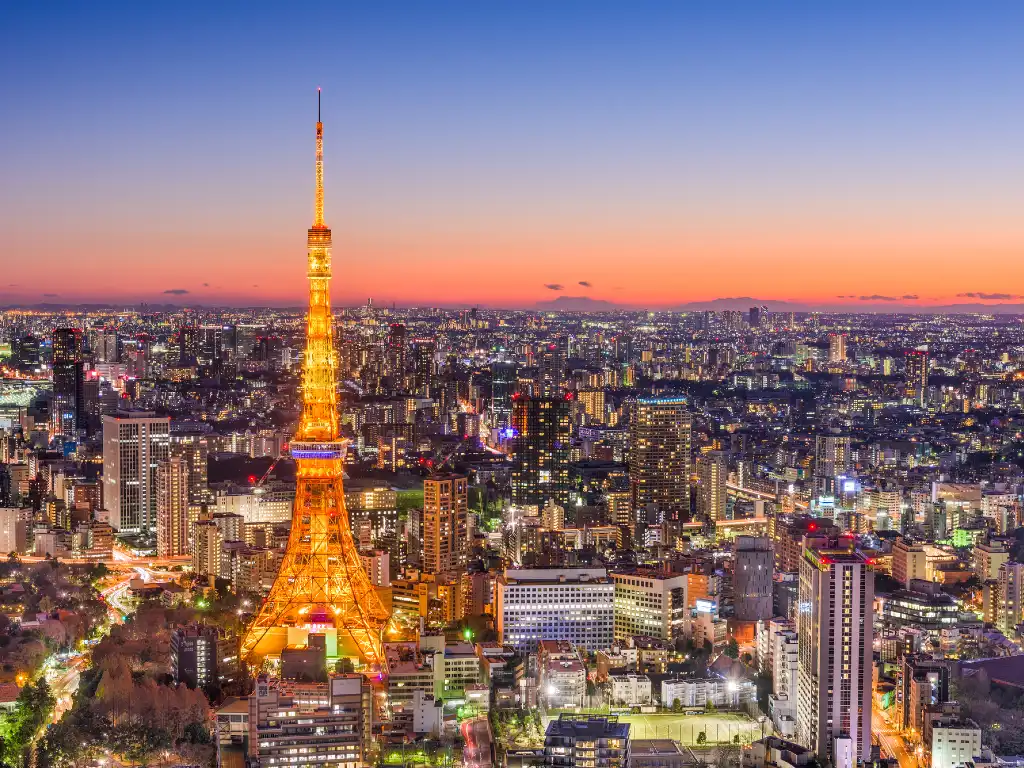
Where to Stay in Tokyo: The Best Neighborhoods and Hotels in 2026
Dec 19, 2025
12 min read
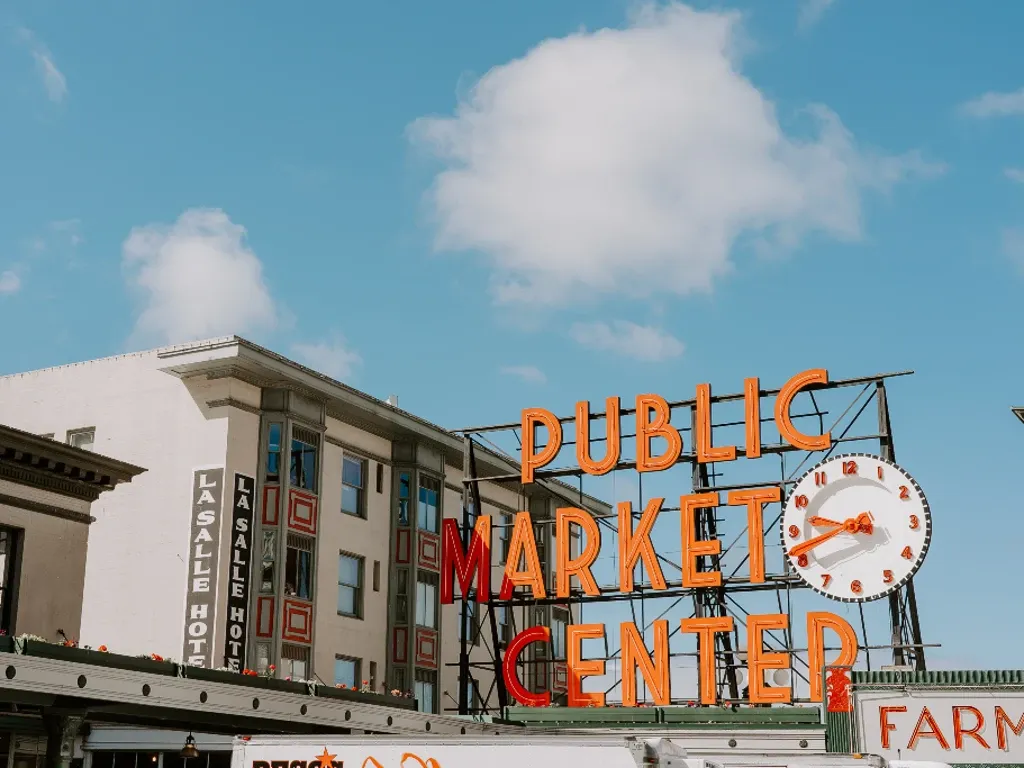
Where To Stay in Seattle: Best Neighborhoods and Hotels for 2026
Dec 19, 2025
10 min read
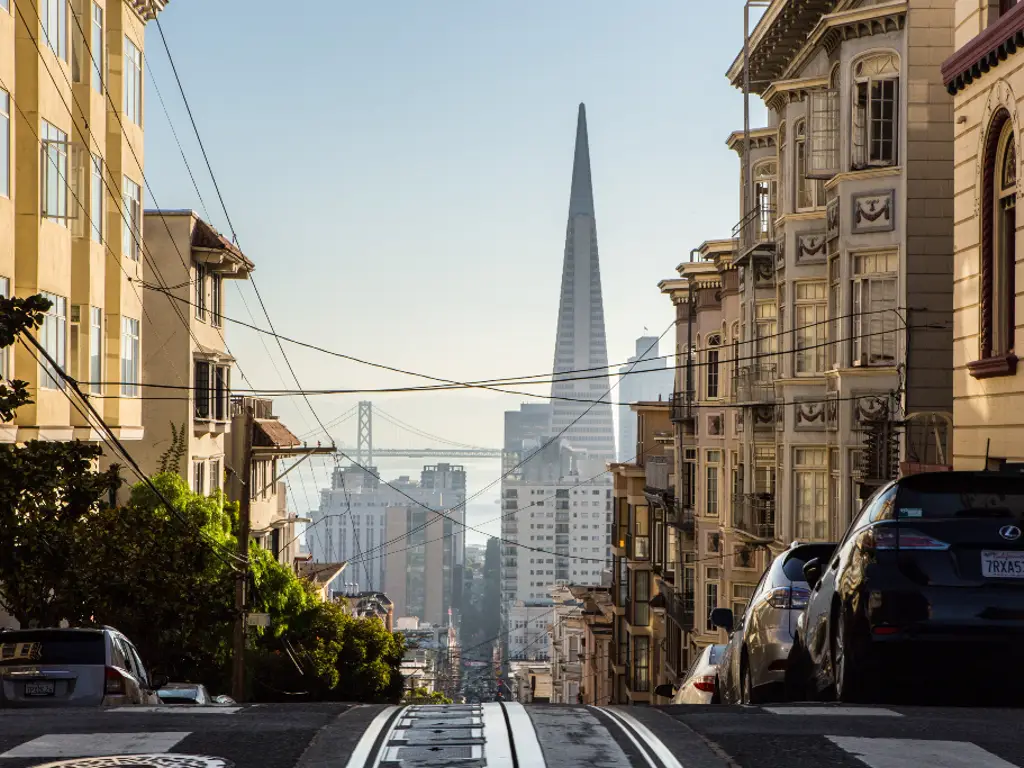
Where To Stay in San Francisco: Best Neighborhoods and Hotels for 2026
Dec 19, 2025
17 min read
